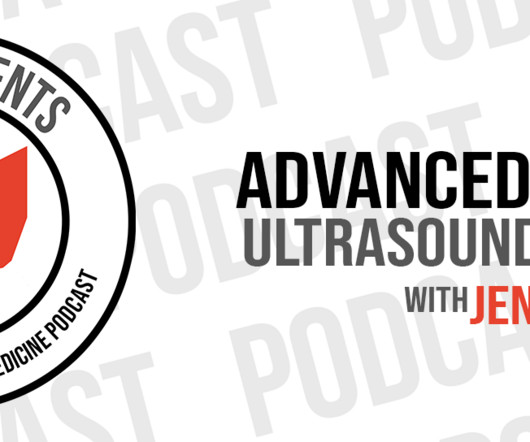Advanced Imaging of Children in the ED: Ultrasound, CT, and MRI
PEMBlog
MAY 20, 2025
Learning Objectives Demonstrate the ability to use shared decision-making strategies when discussing imaging options with families of pediatric patients presenting to the Emergency Department. Optimizing Advanced Imaging of the Pediatric Patient in the Emergency Department: Policy Statement. Pediatrics. 2024;154(1):e2024066854.











Let's personalize your content